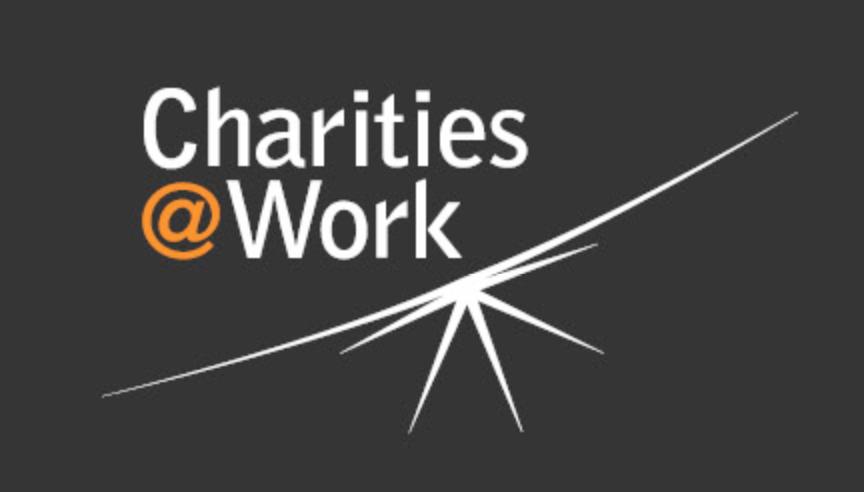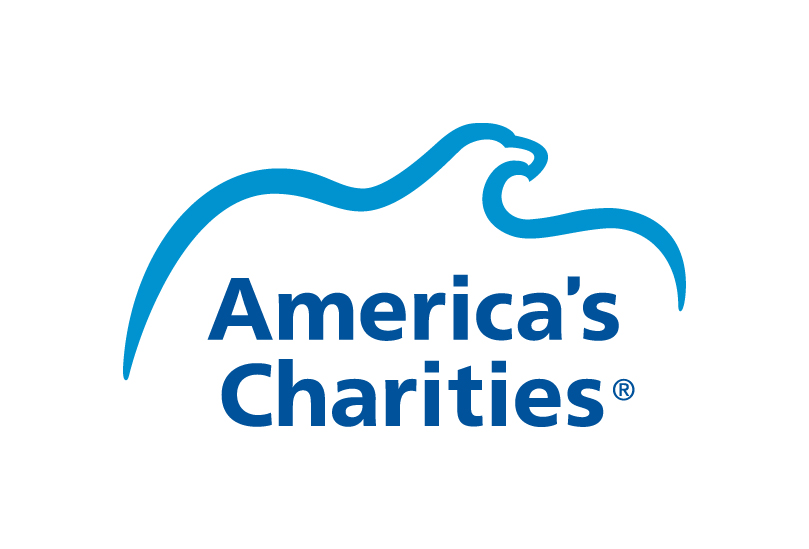The Evolution of Corporate Sustainability

Register Now! April 3-4, 2014 for the Charities@Work 13th Annual Best Practices Summit on Employee Engagement in Corporate Citizenship.
_________________________________________________________________________
Charities@Work Blog Series (This blog originally appeared on the CSR Blog on Forbes.com)
By Aman Singh
There is a reason why businesses and nonprofits routinely partner on delivering solutions and targeting crises. While the former can offer resources and funding, the latter can provide the manpower, the passion, and often the granular knowledge needed to address social and environmental issues that are often complex and multifaceted.
But what core elements make such partnerships successful, besides the usual suspect, funding? With a single bottom line, short payback periods, and quarterly reports still dictating how corporations operate, are cross-sector partnerships reaching their full potential? What about the crucial but little talked about role of employees in the final fate of these projects and their eventual success?
A Business Model for Impact
According to Charities@Work partner, Kal Stein, CEO of EarthShare, that’s the missing piece of the puzzle. Or, as he puts it:
What nonprofit leaders need the most to help them solve the social and environmental problems they’re tackling is funding. But while the corporate world has done a great job in connecting and partnering with the nonprofit sector over the years there tends to be one glaring disconnect when considering relationships between the two sectors—and for once, it’s got nothing to do with corporations not doing enough.
Typically, when corporations get on board with nonprofits and charities, they do one of two things, often both: “donate corporate dollars (or goods and services in kind), and encourage employees to volunteer, often on company time.”
But what if companies went beyond simply offering their people volunteer opportunities, or making them aware that the company was using a portion of its profits to do some good? What if they were to connect their people directly with organizations, encourage them to become part of the funding-volunteering-driving strategic solutions life cycle, and truly engage them in a program of learning and contributing?
That question is what keeps Stein awake at night and drives the team—and products—at EarthShare, a national nonprofit that’s been working for more than 20 years to connect people and workplaces with effective ways to support critical environmental causes.
Corporate commitment to minimizing their impact on the environment has taken hold across the country at impressive levels over the last several years. Though I was at first concerned that it would be a passing fad—those of us in the environmental community have seen many—I am now fully convinced that corporate sustainability is a thoroughly embedded business practice that is here to stay.
But for sustainability to be truly embedded and for these cross sector partnerships to work, employee engagement and relationship-building between employees and nonprofit partners must take center stage. “Companies have gone to great lengths to assess their footprints, measure, make powerful changes, and report on their goals and successes,” she agrees, but while “they are achieving great things,” when it comes to the question of engaging employees in these efforts, she admits, “I hear over and over again about the struggles they face.”
The struggle MacDonald refers to is for companies to constantly engage their employees on solutions, processes, and giving back. To keep them motivated. To compel innovation on business solutions as well as extracurricular activities—volunteerism—so that employees feel vested and stay loyal to the organization. With the recent recession having widened the divide between the C-suite and employees, and with trust at an all-time low, human resources teams have a tough task at hand when it comes to employee engagement.
This gradual wave of resentment, combined with a rising awareness of climate change and environmental destruction, has created a unique opportunity for organizations to activate their workforces to make a difference.
But how do you ensure that your employees believe in the company’s mission and are constantly engaged enough to align their careers with the organization’s long-term sustainability?
“Creating the infrastructure for engagement empowers people to act as local leaders and make decisions according to their needs, resources, etc.,” says Michael Carren, global director of volunteerism and employee engagement at JPMorgan Chase.
_________________________________________________________________________
Join us this spring, April 3-4, 2014 for the Charities@Work 13th Annual Best Practices Summit on Employee Engagement in Corporate Citizenship.
The Annual Charities@Work Summit is one of the country’s leading conferences on employee engagement and corporate social responsibility. Attendees include Fortune 500 companies across all sectors of business, each with philanthropic and employee engagement programs of varying sophistication and a desire to collaborate on best practices for practical improvements.
2014 Summit Theme: Collaborating for Impact
Incorporating various formats, including key note presentations, panel discussions, workshops, and peer-to-peer breakout sessions, topics from this year’s summit will include:
- Building successful cross-sector collaboration initiatives
- Engaging employees in the non-traditional workforces
- How digital culture is transforming philanthropy
- The evolution from workplace giving to employee engagement

